Leg pain can be very uncomfortable. It can be an achy feeling or sharp stabbing pain. A sharp pain in leg may be due to an injury, overuse, or even the weather. Leg pain usually goes away on its own with some tender loving care and rest. If the pain doesn't resolve on its own in a few days or is overwhelmingly severe, you need to get a medical evaluation right away. It could be due to something serious.
What Is Causing Your Sharp Pain in Right Leg?
-
Shin Splints
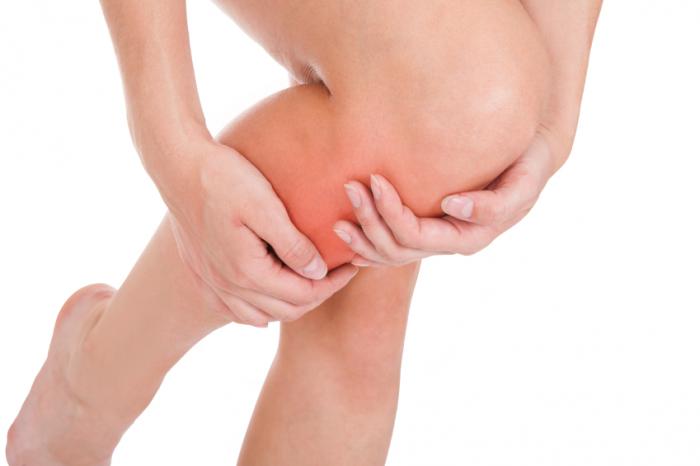 Shin splints are a stress reaction in the bone (shin), muscles, and connected tendons. You will feel a very definite pain along your shin bone anywhere in between your ankle and knee right on the front of your leg. It can affect the right if you favor that leg when doing activity. You may also notice swelling. These symptoms may only happen during exercise or most of the time if the shin splints are severe.
Shin splints are a stress reaction in the bone (shin), muscles, and connected tendons. You will feel a very definite pain along your shin bone anywhere in between your ankle and knee right on the front of your leg. It can affect the right if you favor that leg when doing activity. You may also notice swelling. These symptoms may only happen during exercise or most of the time if the shin splints are severe.
Shin splints are common in athletes that do the same thing over and over. It occurs from constant pounding on hard surfaces compressing the lower leg and putting pressure on the shin bone and muscles. This can also cause small fractures in the shin bone.
-
Blood Clots (Deep Vein Thrombosis)
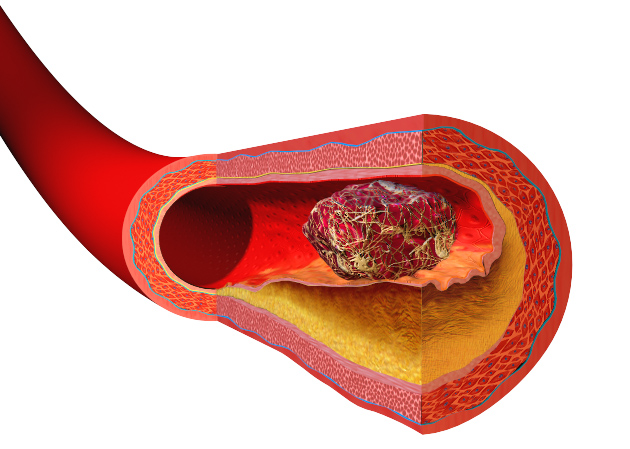 A sudden sharp pain in right leg could be caused by a blood clot. This is when the blood forms a clot inside a vein deep inside your leg. Blood clots are common in the lower leg veins usually from inactivity, surgery, or pregnancy. The blood pools in the veins and begins to thicken into a clot. They are most common in people 50 years or older, but anyone can get them. The pain is usually felt in the calf towards the back of the leg. It is described as crampy or achy pain, but can sometimes feel sharp with movement. Other symptoms include swelling in the lower leg or ankle, redness or warmth to the touch, skin discoloration, etc.
A sudden sharp pain in right leg could be caused by a blood clot. This is when the blood forms a clot inside a vein deep inside your leg. Blood clots are common in the lower leg veins usually from inactivity, surgery, or pregnancy. The blood pools in the veins and begins to thicken into a clot. They are most common in people 50 years or older, but anyone can get them. The pain is usually felt in the calf towards the back of the leg. It is described as crampy or achy pain, but can sometimes feel sharp with movement. Other symptoms include swelling in the lower leg or ankle, redness or warmth to the touch, skin discoloration, etc.
Note: A blood clot or DVT is a medical emergency and needs to be evaluated and treated immediately.
-
Sciatic Nerve Pain
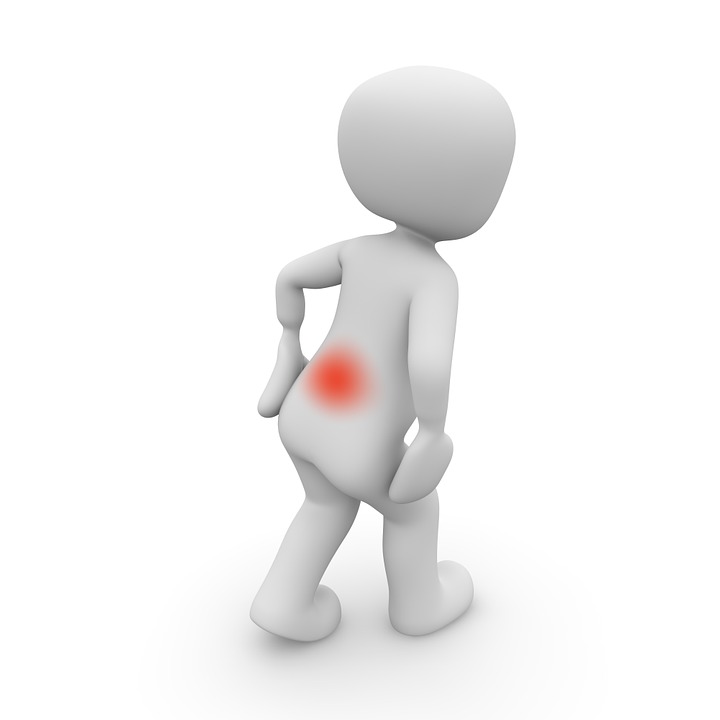 Sciatic nerve pain can be very severe. It can cause a shooting sharp pain in right leg or the left leg. The pain is actually from your lower back when the sciatic nerve that lies very low next to the tailbone is affected. When you injure or twist your lower back, it can pinch the nerve and send a sharp pain down either one of your legs. It usually affects the right leg when you have twisted in that direction or stepped wrong with your right foot.
Sciatic nerve pain can be very severe. It can cause a shooting sharp pain in right leg or the left leg. The pain is actually from your lower back when the sciatic nerve that lies very low next to the tailbone is affected. When you injure or twist your lower back, it can pinch the nerve and send a sharp pain down either one of your legs. It usually affects the right leg when you have twisted in that direction or stepped wrong with your right foot.
Other symptoms: Numbness in the leg or back, leg weakness, limited range-of-motion in the affected hip, lower back pain, and tingling sensation in the leg or foot.
-
Achilles Tendonitis
 The Achilles tendon lies at the back of the lower leg, just above the heel. It stretches up through the back of your calf. You can injure your Achilles tendon doing sports like running, playing basketball, or even a fun game of volleyball on the beach.
The Achilles tendon lies at the back of the lower leg, just above the heel. It stretches up through the back of your calf. You can injure your Achilles tendon doing sports like running, playing basketball, or even a fun game of volleyball on the beach.
If you step or land wrong on your right leg, the tendon can be injured or even ruptured. It can cause a sudden and sharp pain in the back of your leg. You may also notice soreness in the back of the leg and swelling near the ankle. Sometimes symptoms get better after you move around a little bit. Mild cases can be easily remedied at home, but severe cases may need surgery.
-
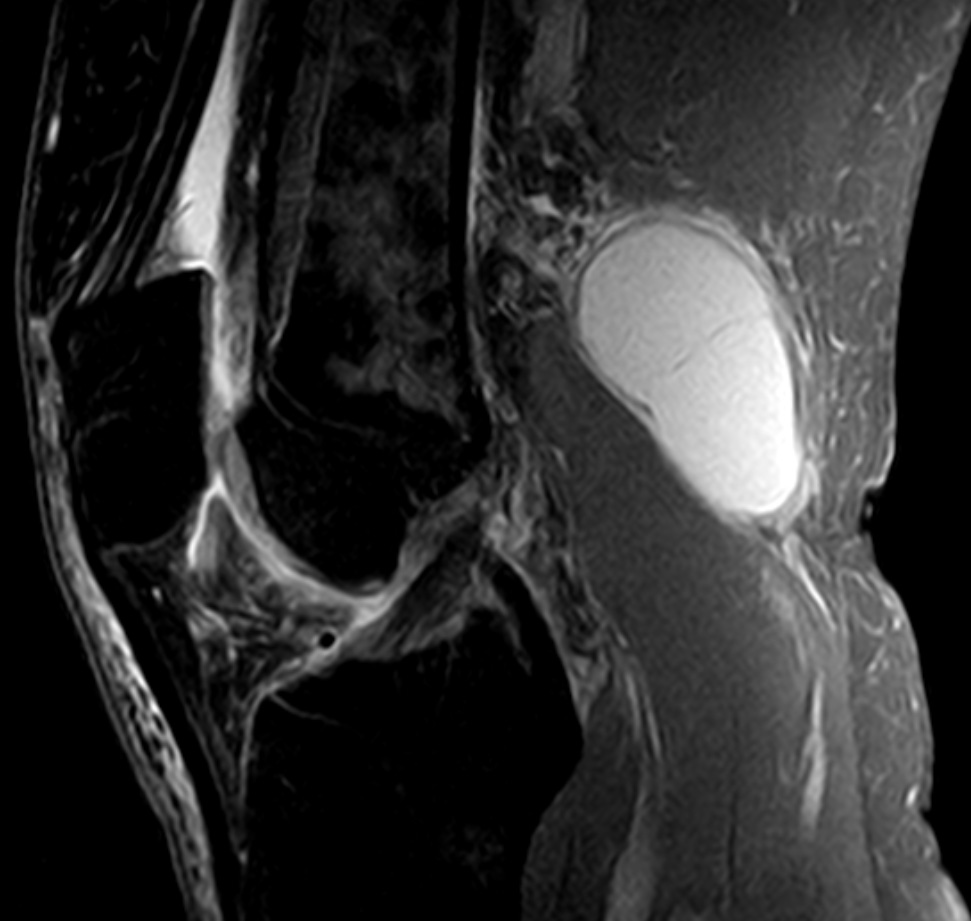 Bakers Cyst
Bakers Cyst
You may have heard these called popliteal cysts and they show up behind your knee. They are a cyst filled with fluid that grows near the knee joint. It makes your leg stiff and can be very painful. They are usually caused by a knee injury or arthritis. A Baker's cyst may or may not have pain. You may notice a sharp pain in right leg just behind the knee with swelling and stiffness. It gets worse with activity and better with rest.
-
Injured Hamstring
 Your hamstring is the muscle that stretches up the back of the thigh. You can injure this muscle by straining or pulling it. Athletes that play sports like football, soccer or tennis tend to get this injury easily. Dancers are also prone to pulled hamstrings.
Your hamstring is the muscle that stretches up the back of the thigh. You can injure this muscle by straining or pulling it. Athletes that play sports like football, soccer or tennis tend to get this injury easily. Dancers are also prone to pulled hamstrings.
When you pull this muscle, it may cause a sharp tearing type pain. Anything that causes a rough stop or start with the right leg may cause a sharp pain in the back of the thigh. There may be other symptoms like tenderness, swelling, trouble bearing weight on the leg, and bruising. Usually rest and ice help to heal this injury, but sometimes it needs surgical repair.
-
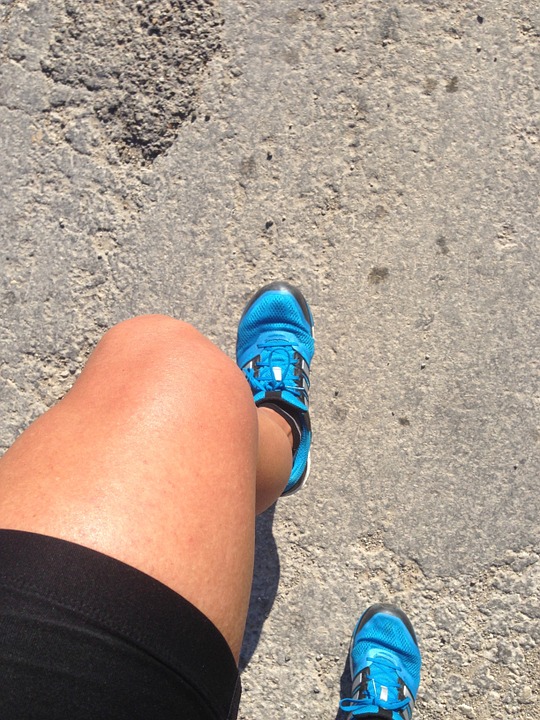 Leg Cramps
Leg Cramps
Leg cramps occur when your muscles in your legs go into spasms and contract on their own. This may be due to overexertion, low electrolytes (calcium, magnesium, potassium, sodium), or a problem in your lower back. They are most common at night, but can also occur after exercise. They usually go away with electrolyte replacement and rest. Symptoms include muscle pain (sometimes severe), knots in the muscles, pain that radiates down the leg to the feet, and sometimes muscle twitches.
When to Worry
If you get a sudden sharp pain in right leg and it doesn't go away in a day or two, you should contact your doctor. Signs that a sharp pain in your leg is serious include:
- Disfigured or possibly broken leg
- When you can no longer bear any weight on the leg
- Leg pain with fever
- Leg pain, weakness, and inability to control the bladder
- Pale color and temperature to leg or foot
